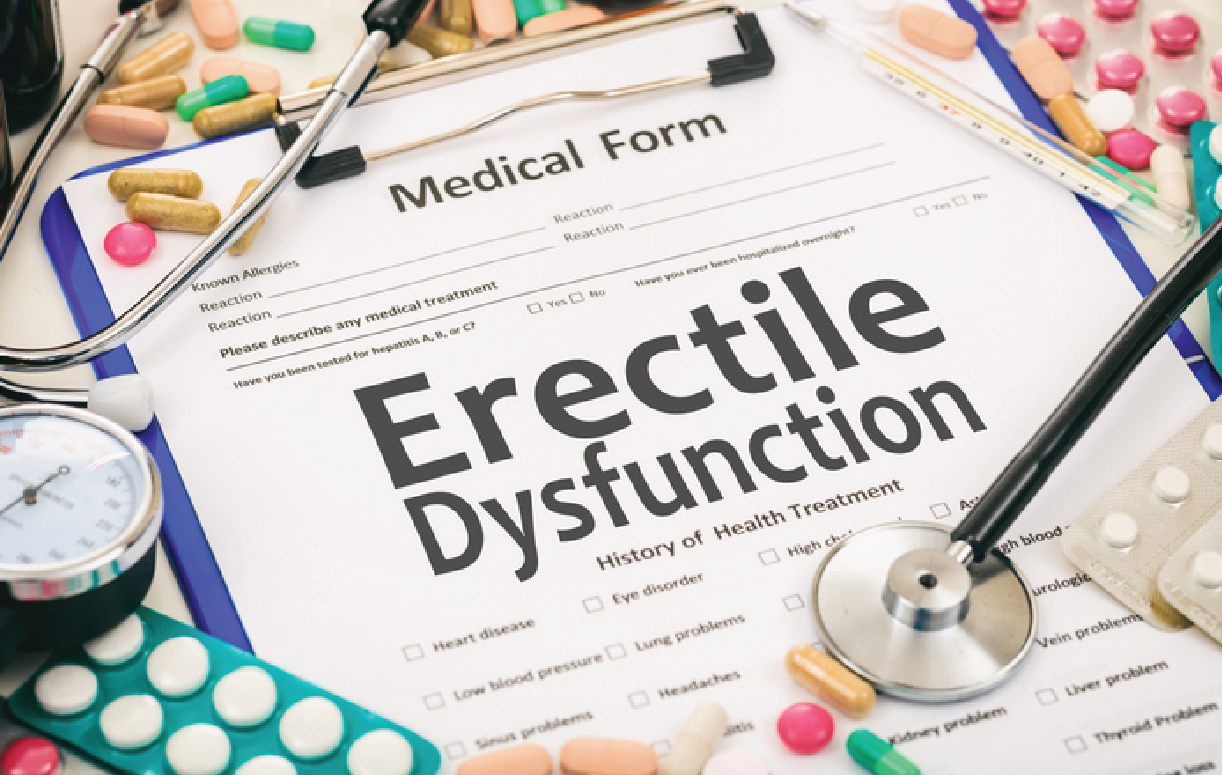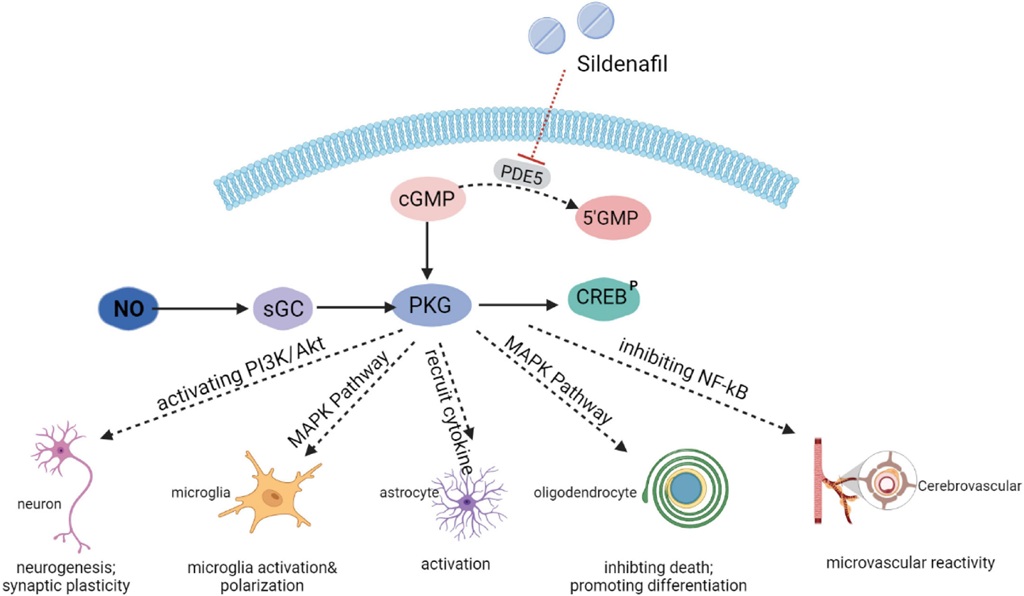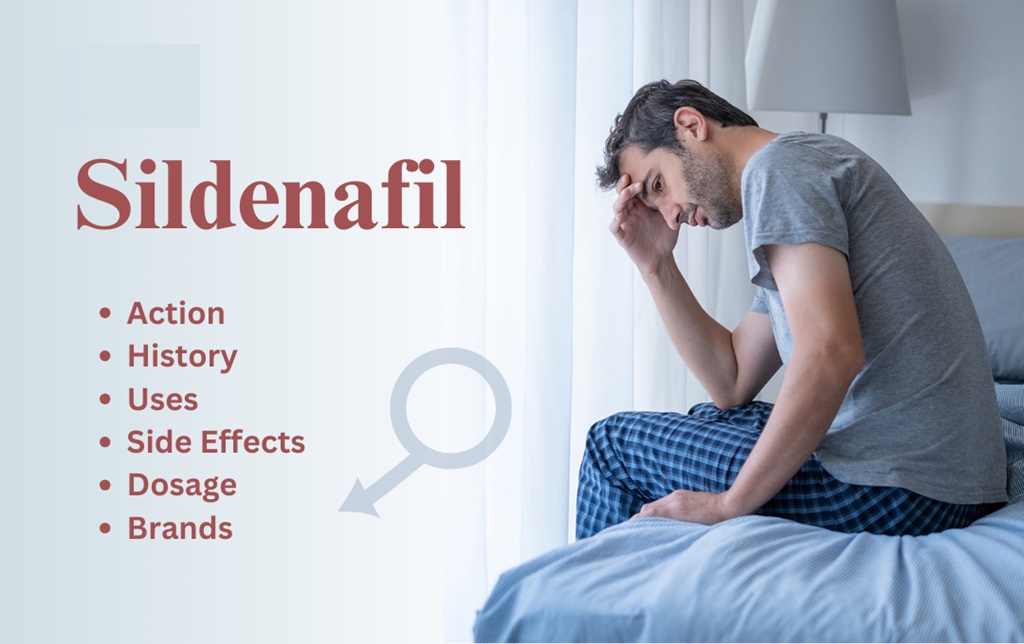Table of Contents
1. Introduction
2. Understanding Erectile Dysfunction
3. The Role of PDE5 Inhibitors
4. How Sildenafil Functions
5. Dosage and Administration
6. Potential Side Effects
7. Interactions with Other Medications
8. The Importance of Consultation
9. Case Studies and Statistics
10. Conclusion
Introduction
Erectile dysfunction (ED) is a condition that affects millions of men worldwide, often causing emotional distress and impacting relationships. Sildenafil, commonly known by its brand name Viagra, has emerged as a leading treatment for this condition.
This article delves into the mechanisms by which sildenafil works, how it is used, and what individuals should consider when seeking treatment.

Understanding Erectile Dysfunction
Erectile dysfunction is characterized by the inability to achieve or maintain an erection sufficient for satisfactory sexual performance. It can be caused by various factors, including psychological issues, medical conditions, and lifestyle choices.
Common causes of ED include:
1. Cardiovascular diseases
2. Diabetes
3. Hormonal imbalances
4. Psychological factors such as anxiety or depression
5. Substance abuse
Understanding the underlying causes of ED is crucial in determining the most effective treatment options.
The Role of PDE5 Inhibitors
Sildenafil belongs to a class of medications known as phosphodiesterase type 5 (PDE5) inhibitors. These drugs work by enhancing the natural processes that lead to an erection.
When a man becomes sexually aroused, the body releases nitric oxide in the penis, promoting vasodilation and increasing blood flow to the area. PDE5 normally breaks down cyclic guanosine monophosphate (cGMP), a molecule that helps maintain an erection by keeping blood vessels relaxed and open.
By inhibiting PDE5, sildenafil allows cGMP levels to rise, thereby facilitating prolonged blood flow and improving erectile function.
How Sildenafil Functions
Sildenafil’s mechanism of action can be broken down into several key steps:
1. Sexual Stimulation: The process begins with sexual arousal, which leads to nitric oxide production.
2. Increased cGMP Levels: Nitric oxide stimulates guanylate cyclase, resulting in increased levels of cGMP.
3. Vasodilation: Elevated cGMP levels cause smooth muscle relaxation in the blood vessels of the penis.
4. Enhanced Blood Flow: The relaxation leads to increased blood flow into the penis, resulting in an erection.
5. Duration: Sildenafil typically takes about 30 minutes to one hour to become effective and can last for up to four hours.
It is important to note that sexual stimulation is necessary for sildenafil to produce its effects; it does not induce an erection on its own.
Dosage and Administration
The recommended starting dose of sildenafil for most men is 50 mg, taken approximately one hour before anticipated sexual activity. Depending on individual response and tolerability, healthcare providers may adjust the dosage to 25 mg or increase it to 100 mg.
Key points about dosage include:
1. Timing: Sildenafil should not be taken more than once every 24 hours.
2. Food Interactions: A high-fat meal may delay the onset of action.
3. Alcohol Consumption: Excessive drinking can impair erectile function and reduce the effectiveness of sildenafil.
When exploring options for obtaining sildenafil, Post My Meds offers a convenient platform for accessing prescriptions safely and efficiently.
Potential Side Effects
Like any medication, sildenafil may cause side effects, although not everyone experiences them. Common side effects include:
1. Headaches
2. Flushing
3. Dyspepsia (indigestion)
4. Nasal congestion
5. Visual disturbances
Serious side effects are rare but can occur, including:
1. Sudden vision loss
2. Sudden hearing loss
3. Priapism (a prolonged erection lasting more than four hours)
Patients experiencing severe side effects should seek immediate medical attention.
Interactions with Other Medications
Sildenafil can interact with various medications, which may enhance or diminish its effectiveness or increase the risk of side effects:
1. Nitrates: These medications are often prescribed for chest pain and can dangerously lower blood pressure when taken with sildenafil.
2. Alpha-blockers: Used for high blood pressure or prostate issues; combining these with sildenafil may lead to low blood pressure.
3. Other ED medications: Taking multiple PDE5 inhibitors at once increases risk without additional benefits.
It is crucial for individuals to provide their healthcare providers with a complete list of medications they are taking before starting sildenafil therapy.
The Importance of Consultation
Before beginning any treatment for erectile dysfunction, consulting with a healthcare professional is essential. A thorough evaluation helps determine if sildenafil is appropriate based on individual health conditions and potential drug interactions.
Moreover, a healthcare provider can suggest lifestyle changes that may complement treatment and improve overall erectile function.
Post My Meds provides resources for consulting healthcare professionals regarding ED treatments, ensuring patients receive tailored advice based on their specific circumstances.
Case Studies and Statistics
Research shows that sildenafil significantly improves erectile function in many men diagnosed with ED:
A study published in the Journal of Urology found that nearly 70% of men experienced improved erections after taking sildenafil.
Another study highlighted that men with diabetes showed marked improvements in erectile function when treated with sildenafil compared to placebo groups.
These findings underscore the efficacy of sildenafil in addressing erectile dysfunction across various demographics.
Navigating Treatment Options
While sildenafil is a popular choice for treating ED, it is not without alternatives:
1. Other PDE5 Inhibitors: Medications such as tadalafil (Cialis) and vardenafil (Levitra) offer different durations and onset times.
2. Hormonal Treatments: For men with hormonal deficiencies, testosterone replacement therapy may be beneficial.
3. Vacuum Erection Devices: These mechanical devices assist in achieving an erection through suction.
4. Surgical Options: In severe cases where other treatments fail, surgical interventions may be considered.
Understanding all available options empowers individuals to make informed decisions concerning their health and well-being.
In summary, while sildenafil presents a powerful solution for many experiencing erectile dysfunction, it is essential to approach treatment holistically, considering both medical interventions and lifestyle adjustments for optimal outcomes in sexual health and overall quality of life.
Related News:
Doctor Warns 5 Health Groups to Avoid Getting a Thai Massage

















